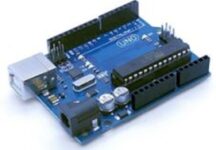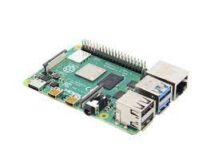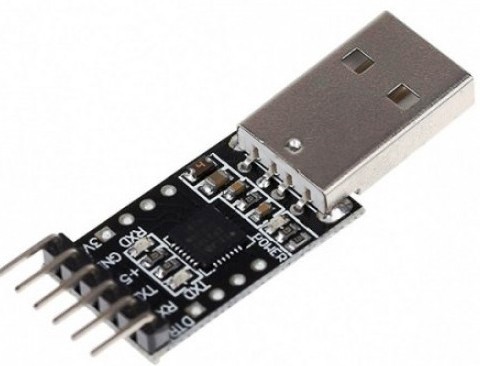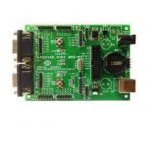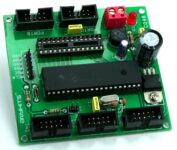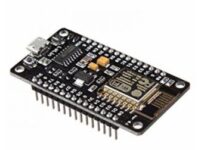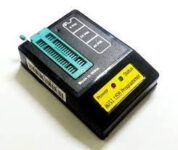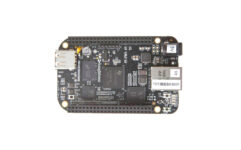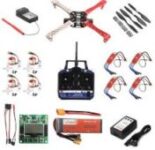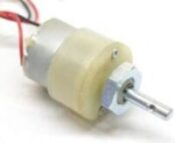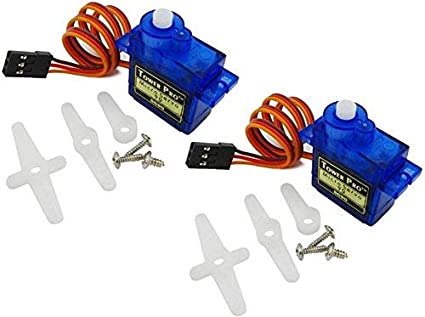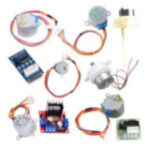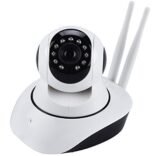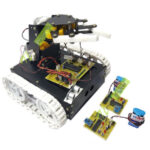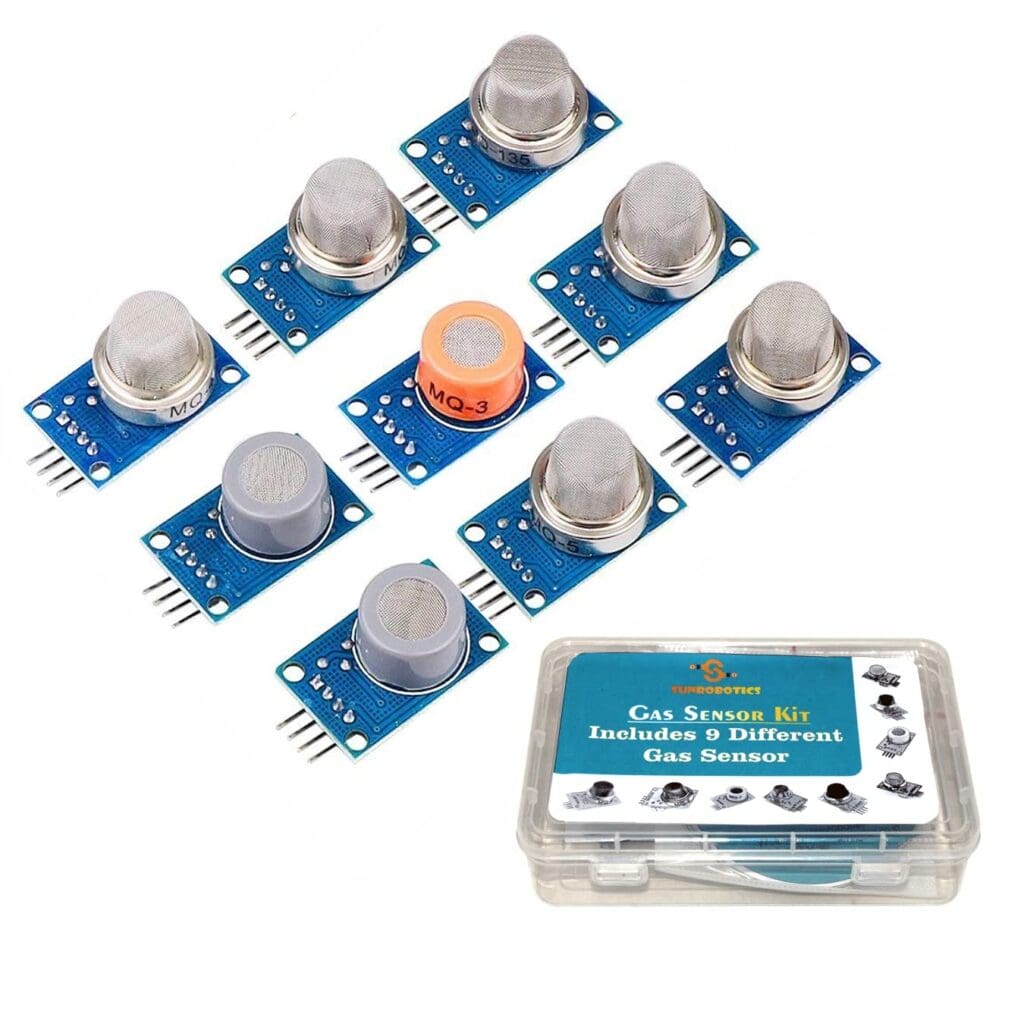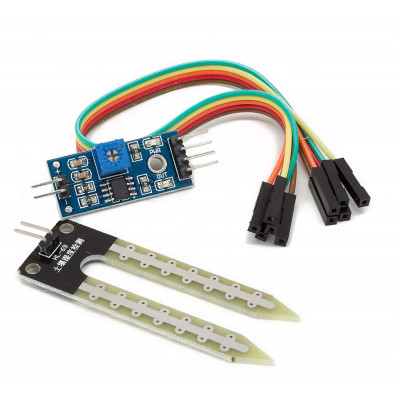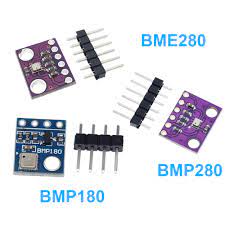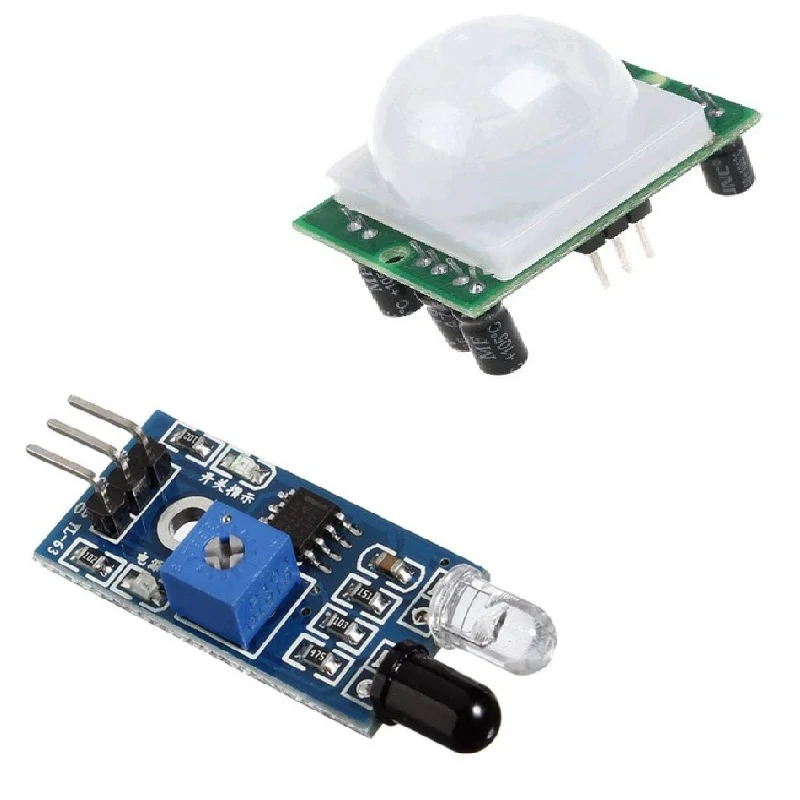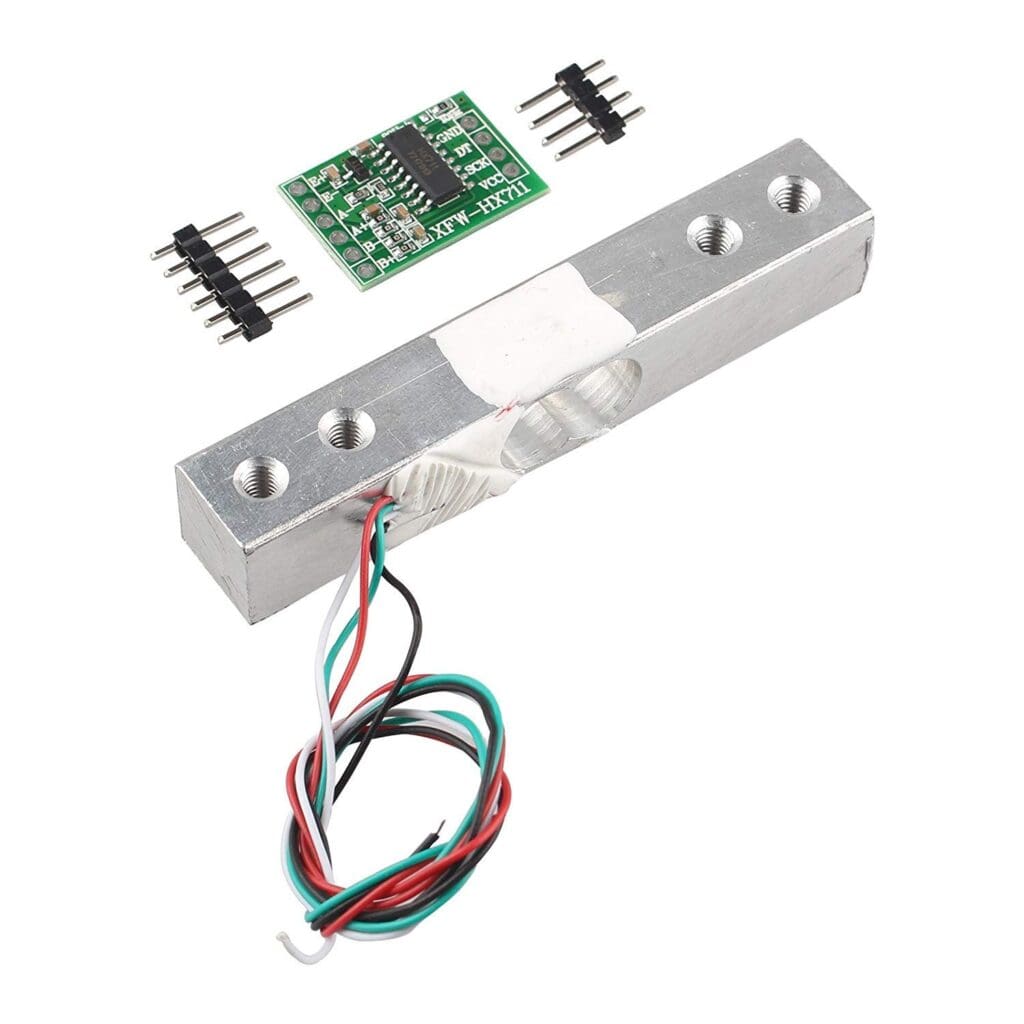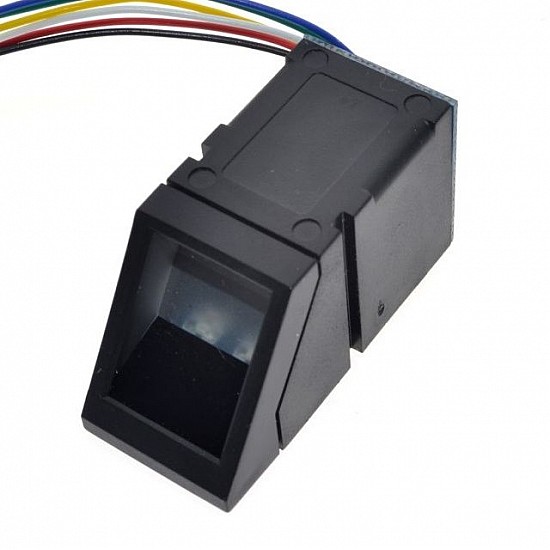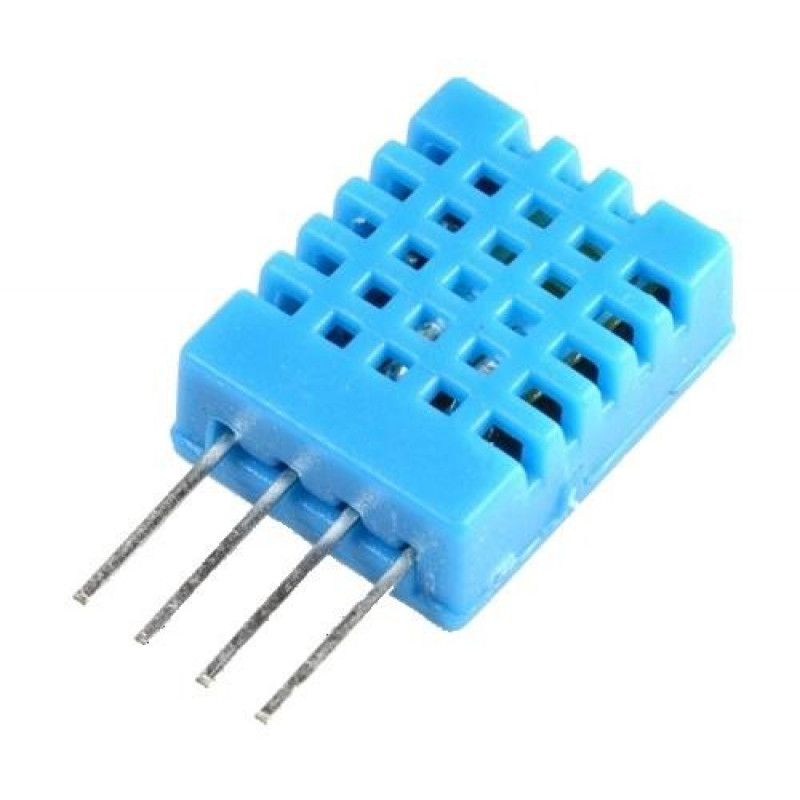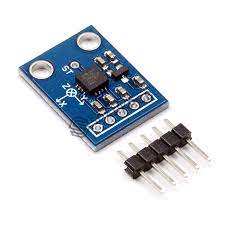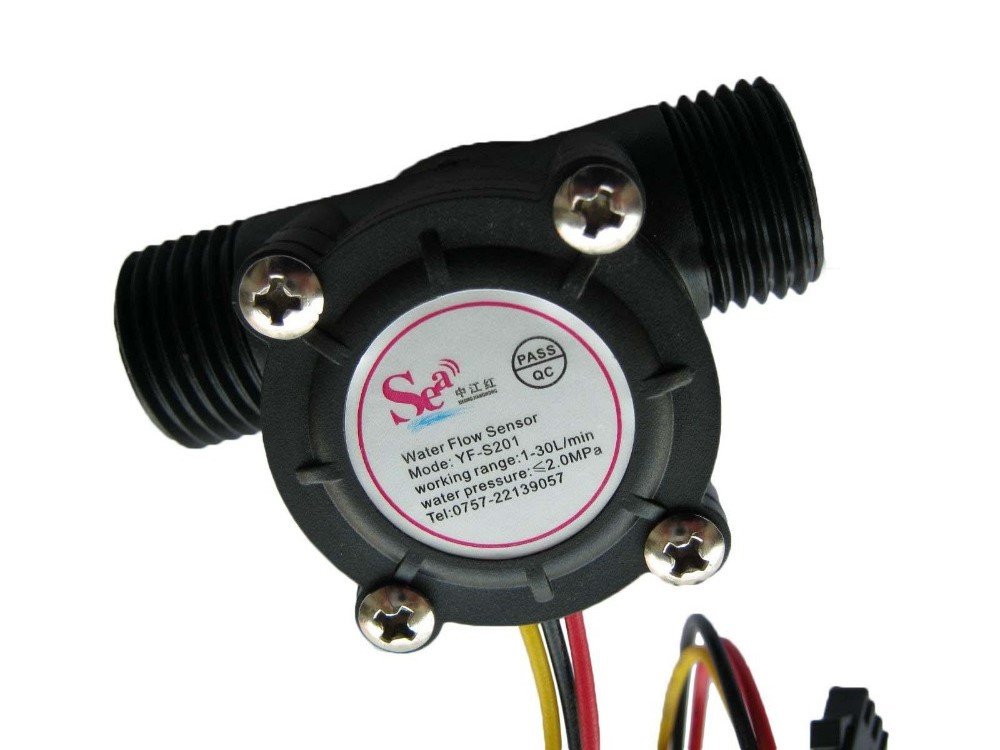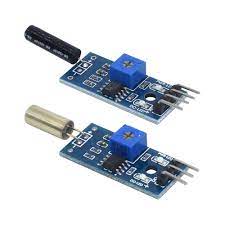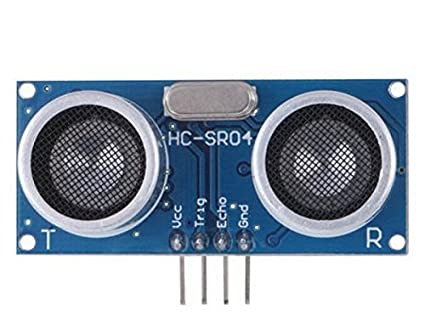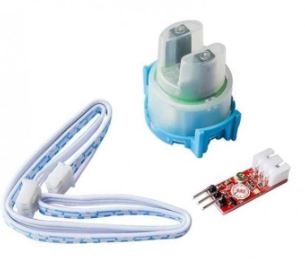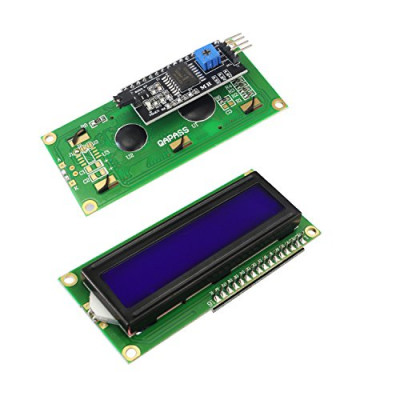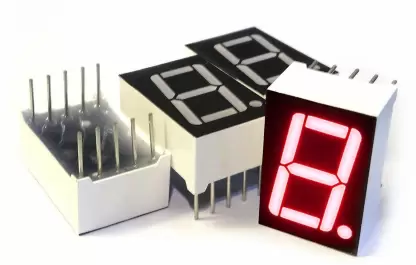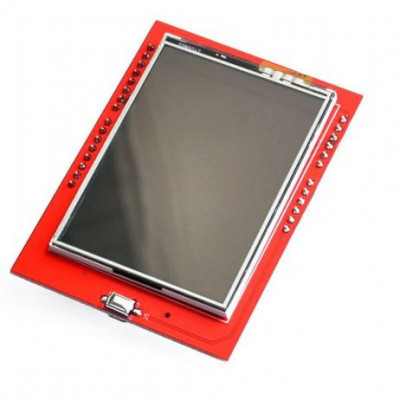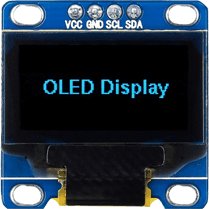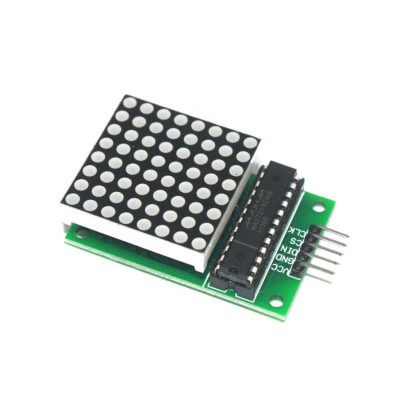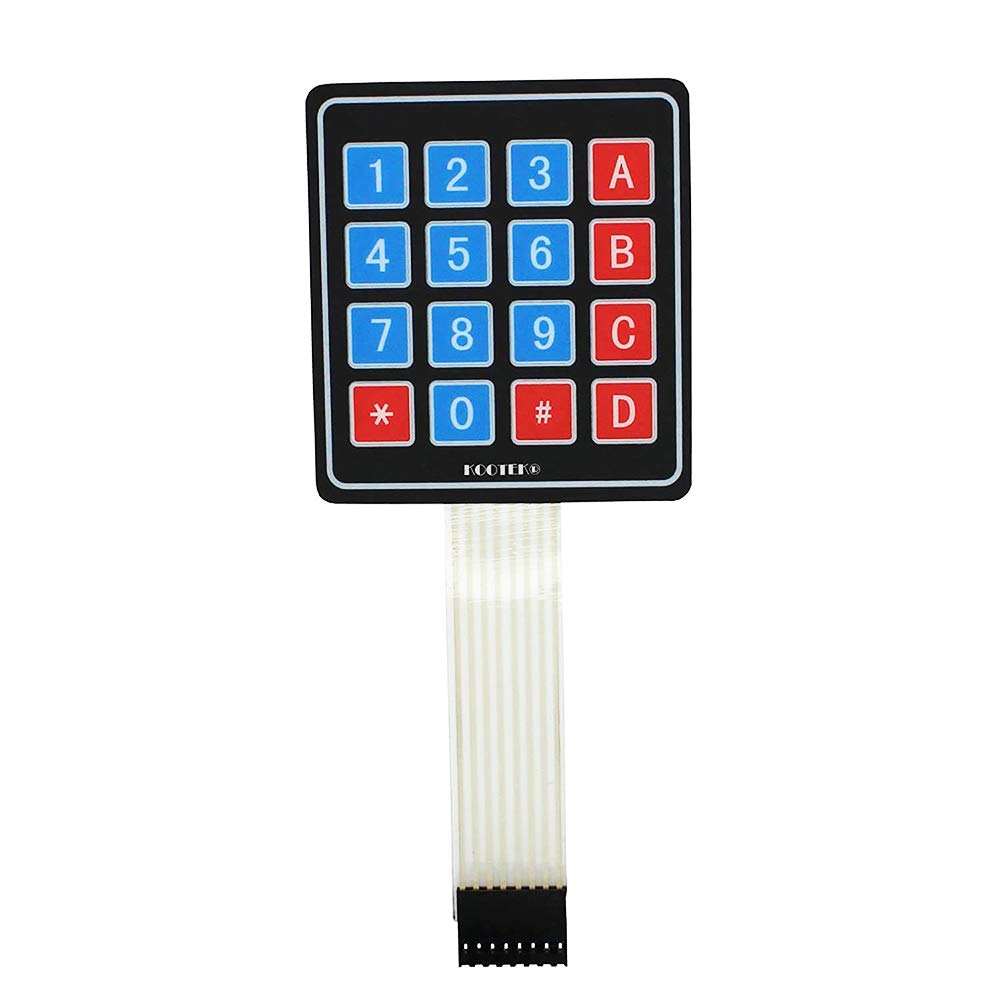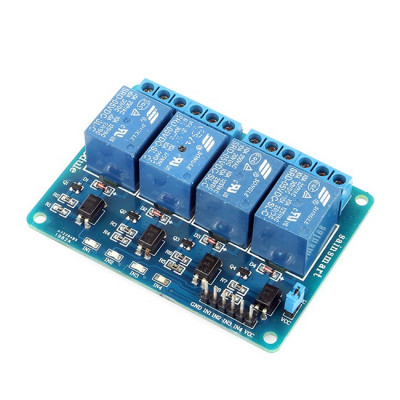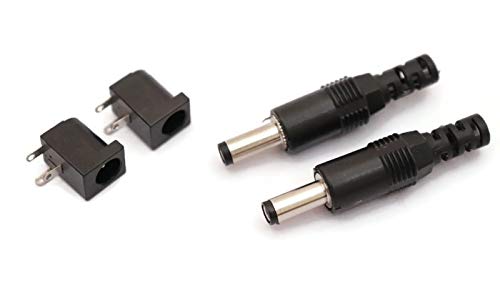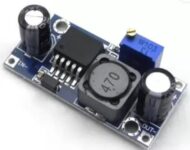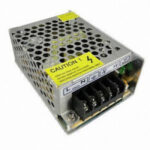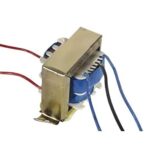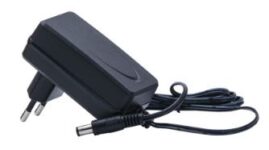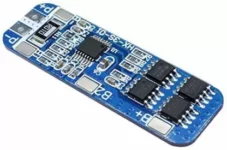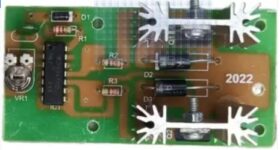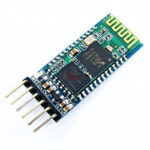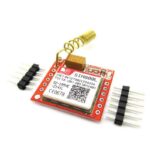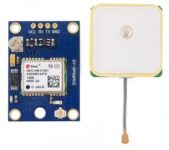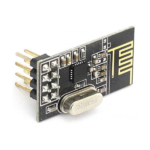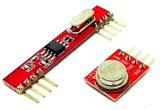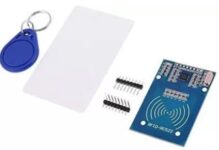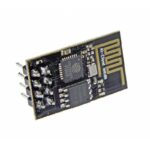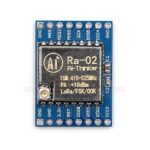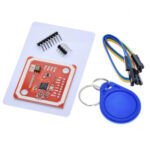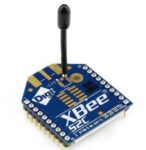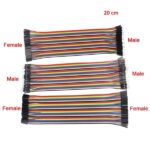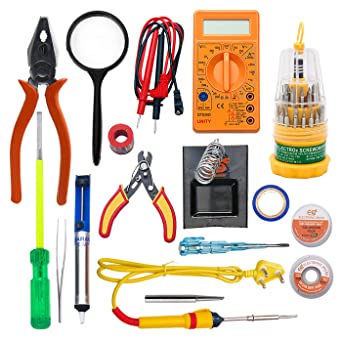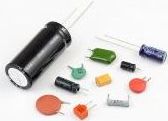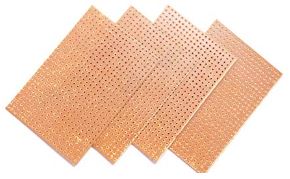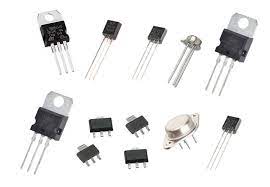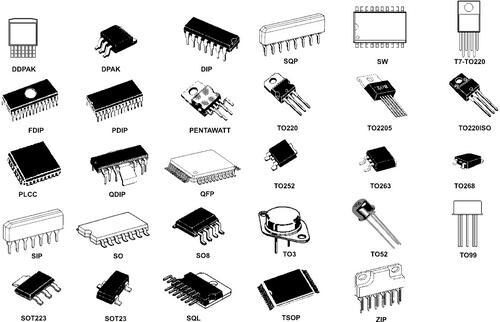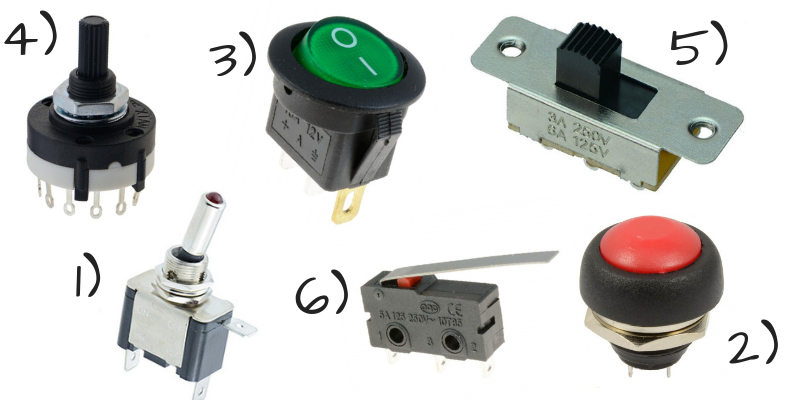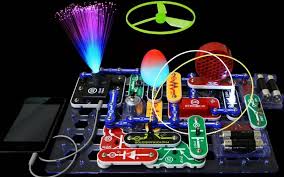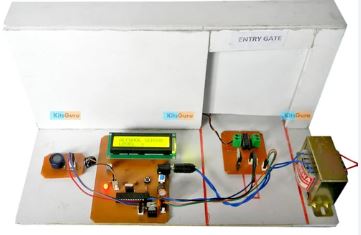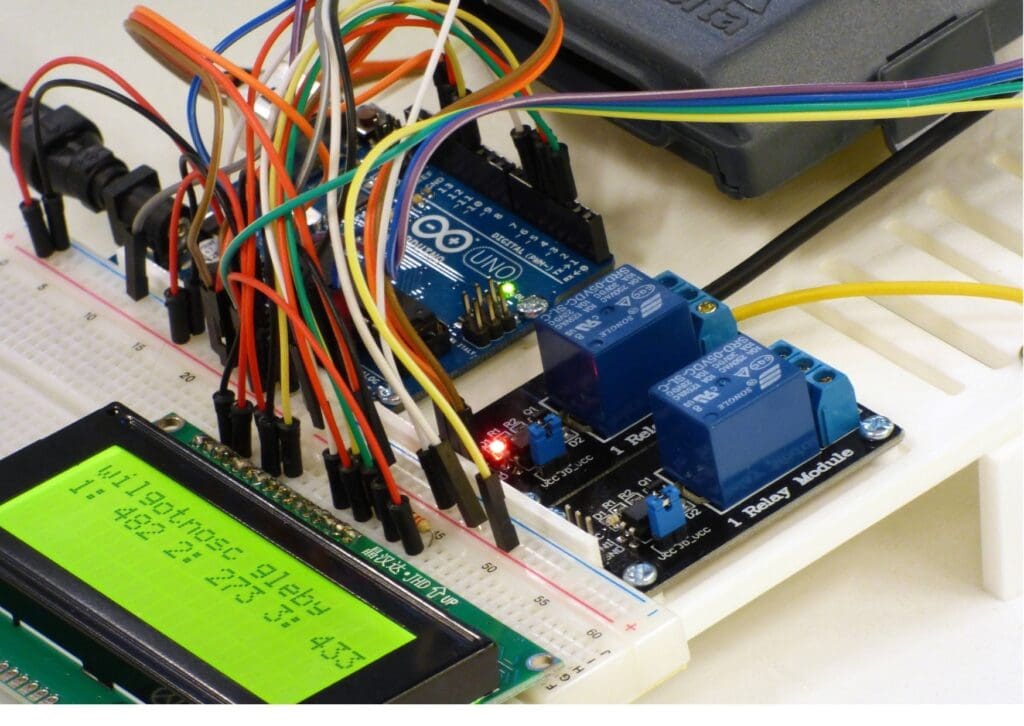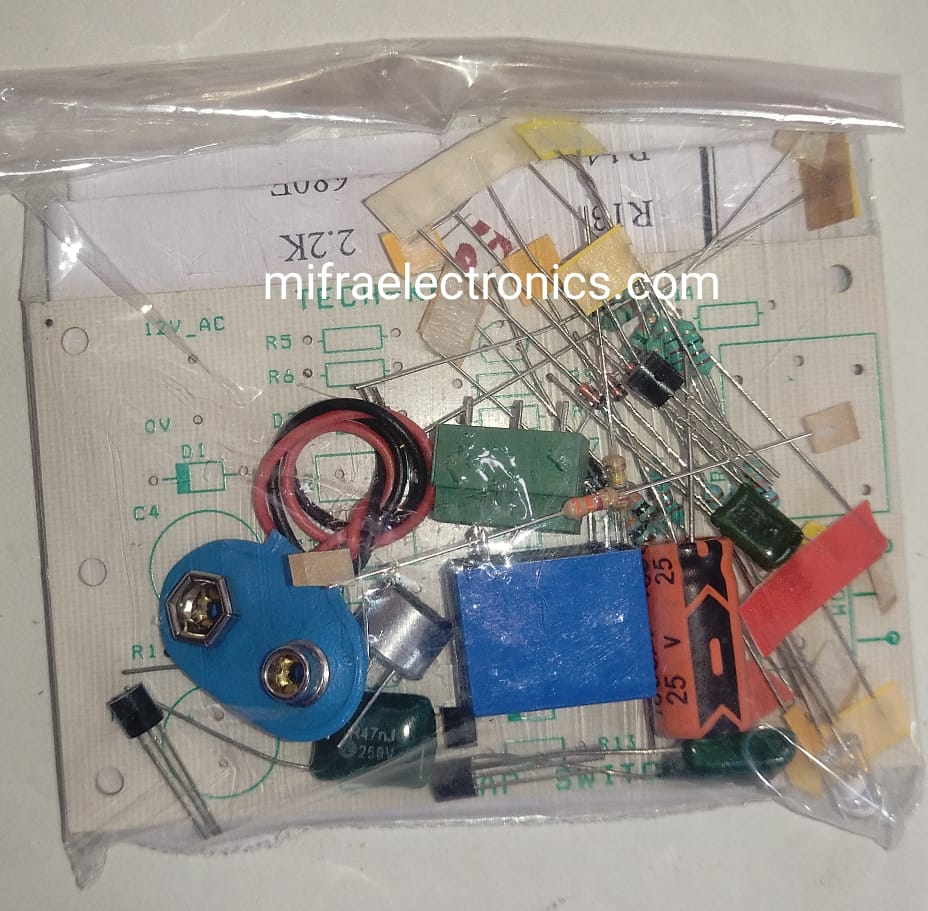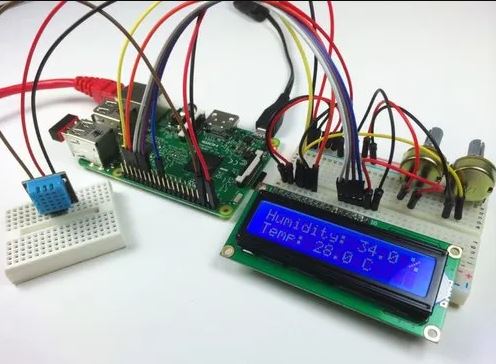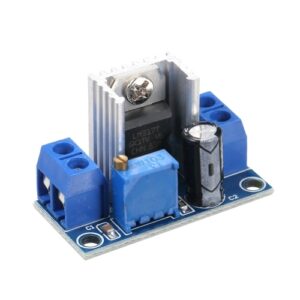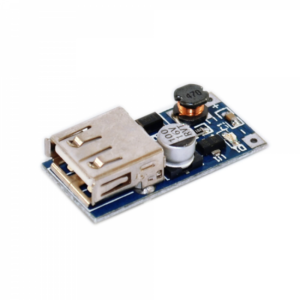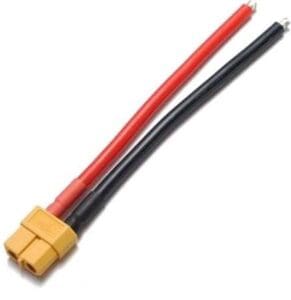Best Topics For Mini Projects For ECE & EEE Students
Introduction:
Exploring the Best Topics for Mini Projects for ECE & EEE Students
For students in the fields of Electronics and Electrical Engineering (EEE) and Electronics and Communication Engineering (ECE), selecting the right mini project topics is pivotal. These projects serve as practical applications of theoretical knowledge and can significantly enhance a student’s understanding of concepts.
Understanding the Significance of Mini Projects
Mini projects offer students the opportunity to delve deeper into specific areas of their field, fostering hands-on learning experiences. For ECE and EEE students, these projects are invaluable in bridging the gap between theoretical coursework and real-world applications. Moreover, they provide a platform for students to showcase their creativity, problem-solving skills, and technical proficiency. By engaging in mini projects, students can gain practical insights into circuit design, signal processing, power systems, and more, thus preparing them for future endeavors in their respective industries.
-

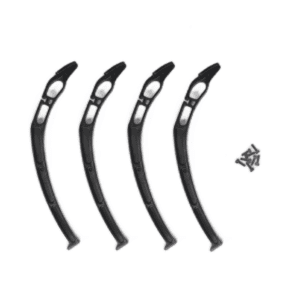 Rated 0 out of 5Sale!Add to cart
Rated 0 out of 5Sale!Add to cart₹329.00Original price was: ₹329.00.₹220.00Current price is: ₹220.00. -

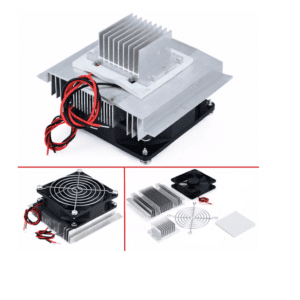 Rated 0 out of 5Sale!Add to cart
Rated 0 out of 5Sale!Add to cart₹550.00Original price was: ₹550.00.₹374.00Current price is: ₹374.00.
Projects Categories:
Products Categories:
- Robotics
- Actuators
- Camera Modules
- Drone Kits
- Drone Components
- Chassis
- DC Motors
- Other Robotic accessories
- Pick and Place Modules
- Robotic Kit
- Servo Motors
- Stepper Motors
- Wheels
- Microcontrollers & Programmers
- 8051 Microcontroller
- Arduino Microcontroller
- ARM Development Board
- Interface Module
- NODMCU / ESP Modules
- PIC Microcontroller
- Raspberry Pi
- Devices and Actuators
- Display Modules
- Sensors & Module
- Power Supply / Batteries
- Wireless modules
- Electronic Components
- Wholesale Market
-

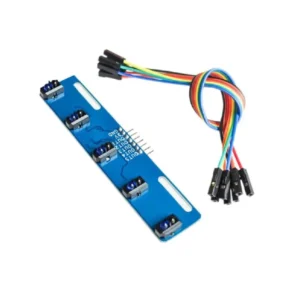 Rated 0 out of 5Sale!Add to cart
Rated 0 out of 5Sale!Add to cart₹299.00Original price was: ₹299.00.₹169.00Current price is: ₹169.00. -

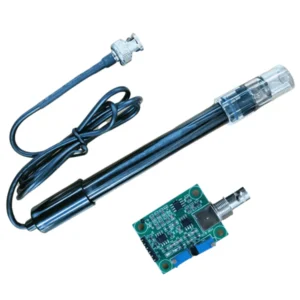 Rated 0 out of 5Sale!Add to cart
Rated 0 out of 5Sale!Add to cart₹2,299.00Original price was: ₹2,299.00.₹1,799.00Current price is: ₹1,799.00. -

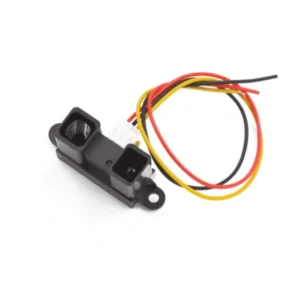 Rated 0 out of 5Sale!Add to cart
Rated 0 out of 5Sale!Add to cart₹799.00Original price was: ₹799.00.₹509.00Current price is: ₹509.00. -

 Rated 0 out of 5Sale!Add to cart
Rated 0 out of 5Sale!Add to cart₹2,199.00Original price was: ₹2,199.00.₹1,860.00Current price is: ₹1,860.00. -

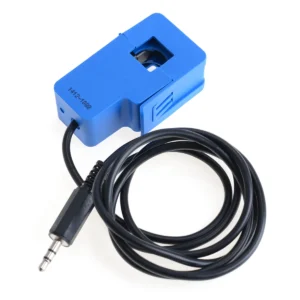 Rated 0 out of 5Sale!Add to cart
Rated 0 out of 5Sale!Add to cart₹589.00Original price was: ₹589.00.₹377.00Current price is: ₹377.00. -

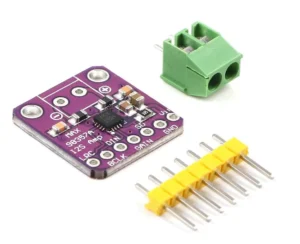 Rated 0 out of 5Sale!Add to cart
Rated 0 out of 5Sale!Add to cart₹549.00Original price was: ₹549.00.₹299.00Current price is: ₹299.00. -

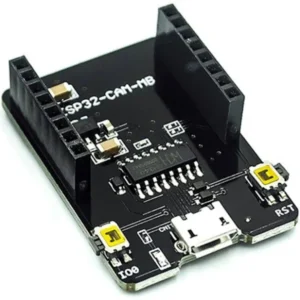 Rated 0 out of 5Sale!Add to cart
Rated 0 out of 5Sale!Add to cart₹249.00Original price was: ₹249.00.₹99.00Current price is: ₹99.00. -

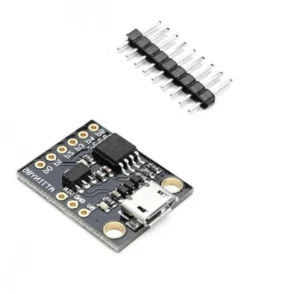 Rated 0 out of 5Sale!Add to cart
Rated 0 out of 5Sale!Add to cart₹499.00Original price was: ₹499.00.₹245.00Current price is: ₹245.00. -

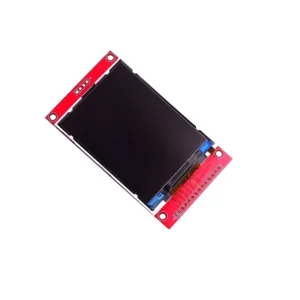 Rated 0 out of 5Sale!Add to cart
Rated 0 out of 5Sale!Add to cart₹899.00Original price was: ₹899.00.₹665.00Current price is: ₹665.00.
Best Topics For Mini Projects For ECE & EEE Students
- Air Pollution Monitoring Using IoT
- Biometric Ignition System
- Colour Sorting Machine
- Smart Garage Door
- Medical Pill Dispenser
- Saline Monitoring System
- IoT-Based Industrial Fault Monitoring System
- Drowsiness Detection System
- Smart Watch
- Animal Monitoring System
- Radar System
- Rainwater Harvesting System
- Contactless COVID Booth
- Currency Counting Machine
- RFID-Based Door Lock System
- Fingerprint-Based Door Locking System
- IoT-Based Vertical Garden System
- Automatic Washroom Light Control
- Smart Farming System
- Women Safety Device
- Automatic Traffic Control System
- Third Eye for the Blind
- Water Level Indicator
Project 1 - Title: "Air Pollution Monitoring Using IoT"
Description:
Implementing an Internet of Things (IoT) based system for air pollution monitoring enables real-time data collection and analysis. By utilizing sensors to measure air quality parameters such as particulate matter, carbon monoxide, and ozone levels, this project offers a proactive approach to environmental monitoring and management.
Project Overview:
This project aims to develop a cost-effective and efficient solution for monitoring air pollution levels in urban areas. Through the deployment of IoT devices equipped with sensors, data on air quality can be continuously collected and transmitted to a central database for analysis. The system can provide valuable insights for policymakers and urban planners to take proactive measures towards improving air quality and public health.
Project 2 - Title: "Biometric Ignition System"
Description:
A biometric ignition system integrates biometric technology with vehicle ignition systems for enhanced security and convenience. By incorporating fingerprint or facial recognition technology, this system ensures that only authorized users can start the vehicle, thereby preventing unauthorized access and theft.
Project Overview:
The biometric ignition system project aims to enhance vehicle security by implementing biometric authentication mechanisms. Users will be required to provide their biometric data, such as fingerprints or facial features, for identity verification before the vehicle ignition is enabled. This innovative solution not only enhances security but also offers convenience by eliminating the need for traditional keys or key fobs.
Project 3 - Title: "Colour Sorting Machine"
Description:
A color sorting machine utilizes image processing algorithms to classify objects based on their color properties. By capturing images of objects on a conveyor belt and analyzing pixel color values, this machine can accurately sort items according to predefined color criteria.
Project Overview:
The color sorting machine project aims to develop an automated solution for sorting objects based on their color attributes. By integrating cameras, image processing software, and mechanical actuators, the system can efficiently segregate items of different colors with high accuracy and speed. This technology finds applications in industries such as food processing, recycling, and manufacturing, streamlining production processes and improving efficiency.
Project 4 - Title: "Smart Garage Door"
Description:
A smart garage door system incorporates IoT technology to enable remote monitoring and control of garage door operations. By integrating sensors and actuators, this system provides users with the ability to open, close, and monitor the status of their garage doors using a smartphone or web application.
Project Overview:
The smart garage door project aims to enhance convenience and security for homeowners by implementing a connected solution for garage door automation. By leveraging IoT devices and wireless communication protocols, users can remotely operate their garage doors from anywhere, enhancing accessibility and peace of mind. Additionally, the system can provide real-time notifications regarding the status of the garage door, ensuring timely responses to any security or maintenance issues.
Project 5 - Title: "Medical Pill Dispenser"
Description:
A medical pill dispenser is a device designed to automate the process of medication management and dispensing. By storing and dispensing pills according to preset schedules, this device helps patients adhere to their medication regimens and reduces the risk of missed doses or medication errors.
Project Overview:
The medical pill dispenser project aims to improve medication adherence and patient outcomes by providing a reliable and user-friendly solution for medication management. By incorporating features such as customizable dosing schedules, reminders, and alerts, the device empowers patients to take control of their medication routines. Moreover, healthcare providers can remotely monitor patients’ adherence and intervene as needed, promoting better health outcomes and reducing healthcare costs.
Project 6 - Title: "Saline Monitoring System"
Description:
A saline monitoring system is designed to accurately measure and regulate saline levels in medical settings such as hospitals and clinics. By employing sensors and control mechanisms, this system ensures that saline solutions are maintained at optimal concentrations, enhancing patient safety and treatment effectiveness.
Project Overview:
The saline monitoring system project aims to enhance the quality of patient care by providing healthcare professionals with real-time monitoring and control capabilities for saline infusion. By continuously monitoring saline levels and adjusting infusion rates as needed, the system helps prevent complications such as fluid overload or dehydration. Additionally, the system can generate alerts for healthcare staff in case of deviations from set parameters, enabling prompt intervention and ensuring patient well-being.
Project 7 - Title: "IoT-Based Industrial Fault Monitoring System"
Description:
An IoT-based industrial fault monitoring system utilizes sensors and connectivity solutions to detect and diagnose faults in industrial machinery and equipment. By collecting data on key performance indicators and analyzing it in real-time, this system enables proactive maintenance and reduces downtime.
Project Overview:
The IoT-based industrial fault monitoring system project aims to improve operational efficiency and productivity in industrial settings by implementing a predictive maintenance solution. By leveraging IoT technologies to monitor equipment health and performance, the system can identify potential faults or malfunctions before they escalate into critical failures. This proactive approach to maintenance helps minimize unplanned downtime, optimize asset utilization, and reduce maintenance costs.
Project 8 - Title: "Drowsiness Detection System"
Description:
A drowsiness detection system utilizes advanced sensors and algorithms to monitor driver fatigue and alertness levels. By analyzing facial expressions, eye movements, and other physiological indicators, this system can accurately detect signs of drowsiness and issue timely warnings to prevent accidents.
Project Overview:
The drowsiness detection system project aims to enhance road safety by providing drivers with a reliable means of detecting and mitigating fatigue-related risks. By integrating with vehicle systems or wearable devices, the system can continuously monitor driver alertness during travel. In the event of detected drowsiness, the system can issue alerts such as auditory alarms or seat vibrations to prompt the driver to take necessary rest breaks, reducing the likelihood of accidents caused by driver fatigue.
Project 9 - Title: "Smart Watch"
Description:
A smartwatch is a wearable device equipped with various sensors and features that enable users to track fitness metrics, receive notifications, and perform other tasks. By connecting to smartphones or other devices via Bluetooth or Wi-Fi, smartwatches offer seamless integration with daily activities and digital lifestyles.
Project Overview:
The smartwatch project aims to develop a versatile and user-friendly wearable device that enhances convenience and connectivity for users. With functionalities such as activity tracking, heart rate monitoring, and app notifications, smartwatches serve as personal assistants for managing health, communication, and productivity. By providing a compact and intuitive interface, these devices empower users to stay informed and engaged while on the go, making them indispensable accessories in today’s digital age.
Project 10 - Title: "Animal Monitoring System"
Description:
An animal monitoring system employs sensors and tracking technology to monitor the behavior, health, and location of animals in various environments. By collecting data on factors such as movement patterns, vital signs, and environmental conditions, this system enables researchers, farmers, and conservationists to gain insights into animal behavior and well-being.
Project Overview:
The animal monitoring system project aims to revolutionize the way animals are monitored and managed in diverse settings, from wildlife reserves to livestock farms. By deploying wearable devices or embedded sensors on animals, the system can gather real-time data on their activities and health status. This information can be used to optimize animal welfare practices, track endangered species, and mitigate conflicts between wildlife and human activities, ultimately promoting sustainable coexistence between humans and animals.
Project 11 - Title: "Radar System"
Description:
A radar system utilizes radio waves to detect and track objects such as aircraft, ships, and weather phenomena. By emitting radio pulses and analyzing the reflected signals, radar systems can provide valuable information on the range, velocity, and direction of targets, enabling various applications in military, aviation, maritime, and meteorological domains.
Project Overview:
The radar system project aims to develop an advanced and reliable technology for detecting and monitoring objects in the air, on the ground, and at sea. With capabilities such as target detection, tracking, and imaging, radar systems play a critical role in enhancing situational awareness and safety in diverse environments. Whether used for air traffic control, weather forecasting, or defense purposes, radar systems are indispensable tools for gathering essential information and making informed decisions in complex scenarios.
Conclusion:
In conclusion, the best topics for mini projects for ECE & EEE students encompass a wide range of innovative ideas that merge theoretical knowledge with practical applications. From developing IoT-based solutions for air pollution monitoring and industrial fault detection to designing biometric ignition systems and smart garage doors, these projects offer students invaluable opportunities to explore emerging technologies and address real-world challenges.
Additionally, projects such as medical pill dispensers, drowsiness detection systems, and animal monitoring systems highlight the importance of leveraging electronics and electrical engineering to improve healthcare, safety, and environmental sustainability. Ultimately, by engaging in these mini projects, students can gain hands-on experience, enhance their technical skills, and contribute to meaningful advancements in their respective fields, paving the way for a future of innovation and progress.
-

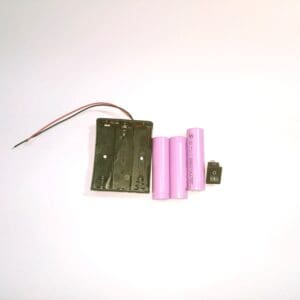 Rated 0 out of 5Sale!Add to cart
Rated 0 out of 5Sale!Add to cart₹399.00Original price was: ₹399.00.₹365.00Current price is: ₹365.00. -

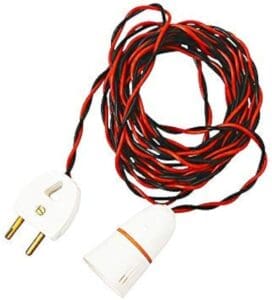 Rated 0 out of 5Sale!Add to cart
Rated 0 out of 5Sale!Add to cart₹120.00Original price was: ₹120.00.₹99.00Current price is: ₹99.00. -

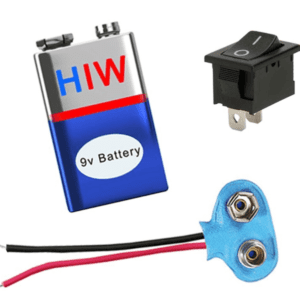 Rated 0 out of 5Sale!Add to cart
Rated 0 out of 5Sale!Add to cart₹120.00Original price was: ₹120.00.₹79.00Current price is: ₹79.00. -

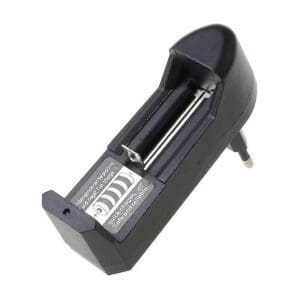 Rated 0 out of 5Sale!Add to cart
Rated 0 out of 5Sale!Add to cart₹499.00Original price was: ₹499.00.₹445.00Current price is: ₹445.00.
-

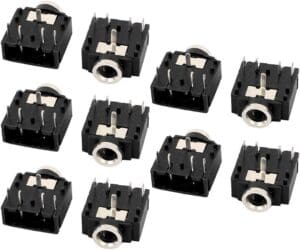 Rated 0 out of 5Sale!Add to cart
Rated 0 out of 5Sale!Add to cart₹299.00Original price was: ₹299.00.₹250.00Current price is: ₹250.00.
-

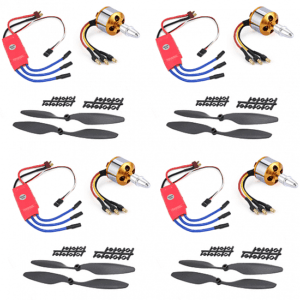 Rated 0 out of 5Sale!Add to cart
Rated 0 out of 5Sale!Add to cart₹4,200.00Original price was: ₹4,200.00.₹3,301.00Current price is: ₹3,301.00. -

 Rated 0 out of 5Sale!Add to cart
Rated 0 out of 5Sale!Add to cart₹190.00Original price was: ₹190.00.₹88.00Current price is: ₹88.00. -

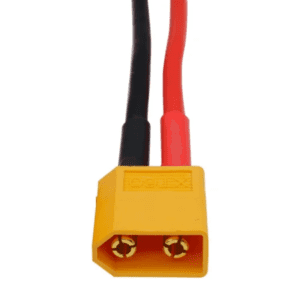 Rated 0 out of 5Out of stockView More
Rated 0 out of 5Out of stockView More₹99.00Original price was: ₹99.00.₹72.00Current price is: ₹72.00. -

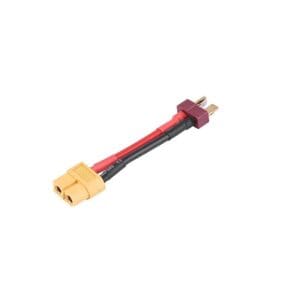 Rated 0 out of 5Sale!Add to cart
Rated 0 out of 5Sale!Add to cart₹169.00Original price was: ₹169.00.₹88.00Current price is: ₹88.00. -

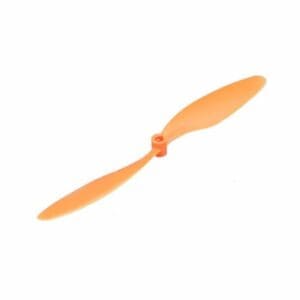 Rated 0 out of 5Sale!Add to cart
Rated 0 out of 5Sale!Add to cart₹140.00Original price was: ₹140.00.₹35.00Current price is: ₹35.00.
For additional blog content, to explore further insights and articles. Click here
The Ultimate Guide to Choosing
The Ultimate Guide to Choosing the Right Electronic Components Introduction In the dynamic world of...
Read MoreThe Role of Electronics in
The Role of Electronics in Modern Society Introduction In the contemporary landscape, electronics plays an...
Read MoreAdvanced Electronics: Exploring Complex Circuitry
Advanced Electronics: Exploring Complex Circuitry Introduction In the realm of advanced electronics, the exploration of...
Read MoreCracking the Code: Unraveling the
Cracking the Code: Unraveling the Secrets of Ceramic Capacitors In the world of electronics, where...
Read More


